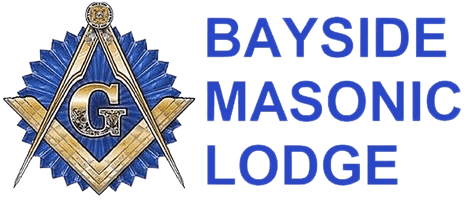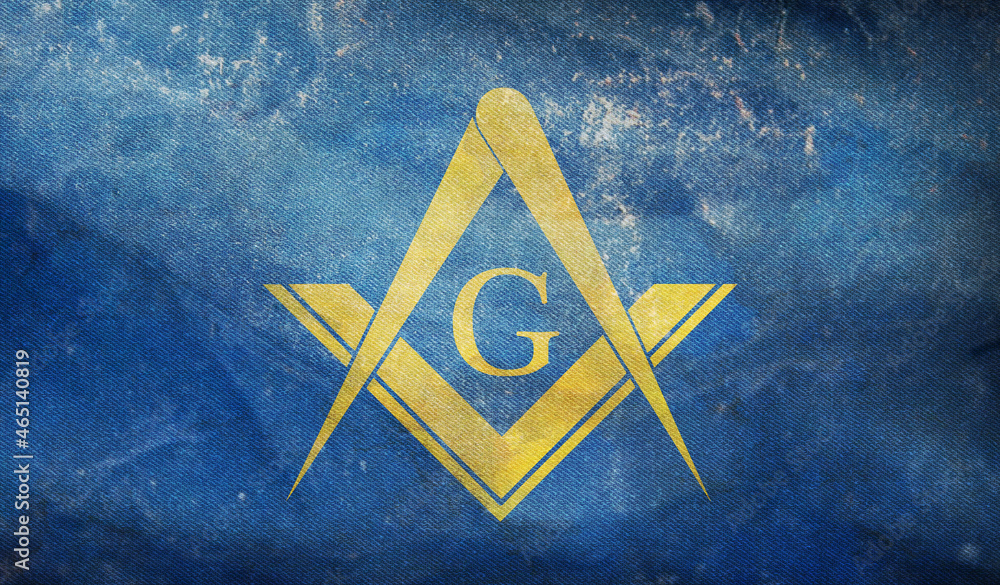Freemasonry is a fraternal organization that traces its origins to the local fraternities of stonemasons, which from the end of the fourteenth century regulated the qualifications of stonemasons and their interaction with authorities and clients. The degrees of Freemasonry retain the three grades of medieval craft guilds, those of Apprentice, Journeyman or fellow (now called Fellowcraft), and Master Mason. These are the degrees offered by Craft (or Blue Lodge) Freemasonry. There are additional degrees, which vary with locality and jurisdiction, and are usually administered by different bodies than the craft degrees.
The basic, local organizational unit of Freemasonry is the Lodge. The Lodges are usually supervised and governed at the regional level (usually coterminous with either a state, province, or national border) by a Grand Lodge or Grand Orient. There is no international, world-wide Grand Lodge that supervises all of Freemasonry. These independent Grand Lodges are sovereign and usually maintain a separate set of rules and recognition. These Grand Lodges recognize each other, or not, based on adherence to the principles of Freemasonry and recognition of the “regularity” of the other Grand Lodge.
The principles of Freemasonry enjoin morality, charity, and mutual aid and, in most of its branches, a constitutional declaration of belief in a Supreme Being. The discussions and lectures in a Lodge often center on a particular theme, taken from the ritual or the “charge”, and expanding upon the theme, usually in an allegorical or symbolic way, using the tools and implements of the stonemason’s trade as allegorical guides.
The exact origins of Freemasonry are uncertain, but it is widely agreed that the fraternity developed from the guilds of stonemasons. The first Grand Lodge, the Grand Lodge of England, was founded in 1717. However, some Masonic texts, notably the Halliwell Manuscript, dated to c. 1390 and the Regius Poem, dated to c. 1390–1425, contain masonic material.

